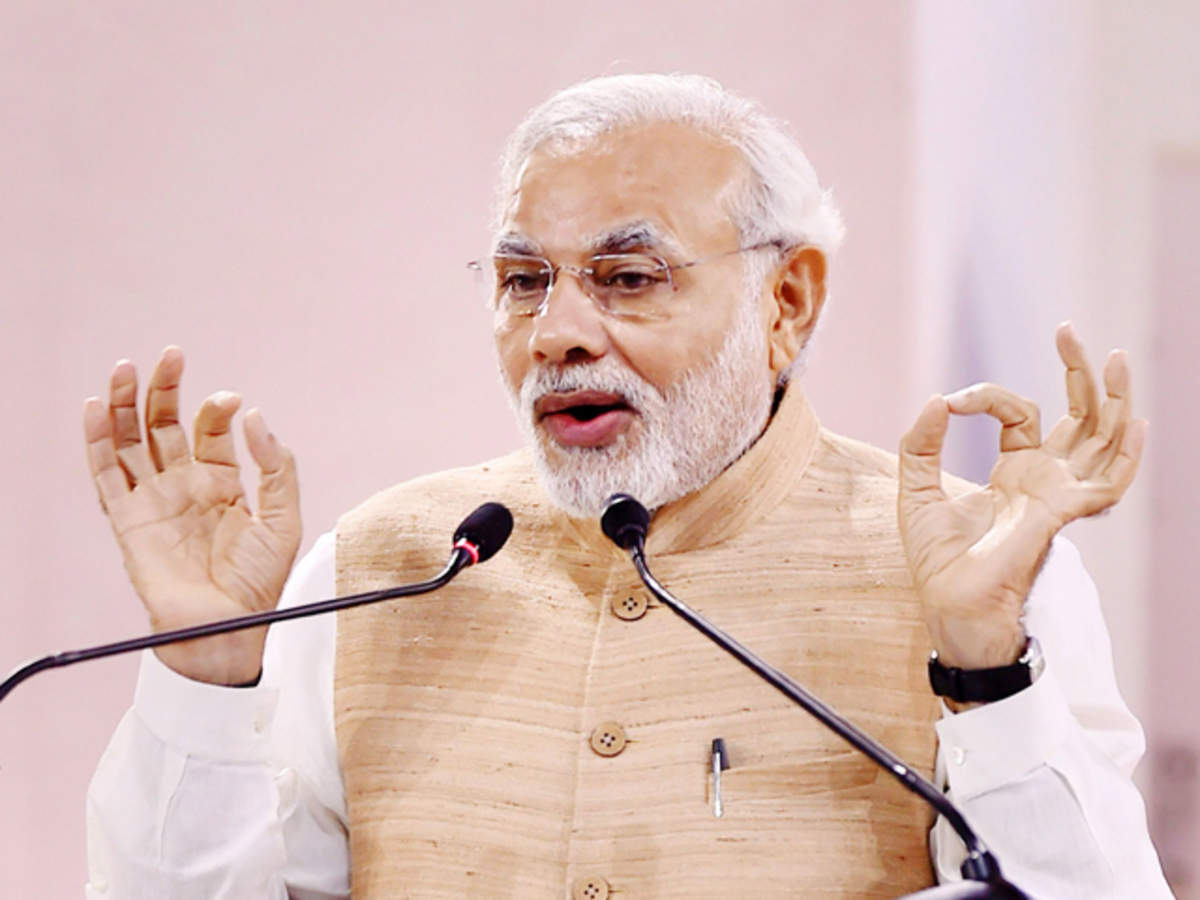While addressing a summit in UP, PM recalled the tag of ‘BIMARU’, once used to describe the state.

What exactly are BIMARU states?
- The acronym “BIMARU” is made up of the first letters of five states – Bihar, MP, Rajasthan, and Uttar Pradesh – that were thought to be economically and socially backward in the 1980s and 1990s.
- In the 1980s, economist Ashish Bose popularised the term to describe these states’ poor economic and social indicators.
- In a paper presented to then-Prime Minister Rajiv Gandhi, he coined this term.
- These states had low literacy rates, inadequate infrastructure, high poverty rates, and low levels of industrialization.
- The term “BIMARU” derives from the Hindi words “bimar” (sick) and “ru” (a suffix meaning “land of”).
The meaning of the slang term ‘BIMARU’
- The BIMARU states of Bihar, Madhya Pradesh, Rajasthan, and Uttar Pradesh are distinguished from other Indian states by a number of economic and social characteristics. Among these features are:
- Low per capita income: These have historically had low per capita income levels in comparison to other Indian states, with Bihar having the lowest per capita income among Indian states.
- High poverty rates: They have a high percentage of the population living in poverty, with Bihar and Uttar Pradesh having some of the country’s highest poverty rates.
- Literacy rates are lower than the national average, with Bihar having the lowest literacy rate of any Indian state.
- Poor healthcare indicators: They have a history of poor healthcare indicators, including high infant and maternal mortality rates.
- Agriculture-based economy: These states are primarily agricultural, with agriculture and related activities employing a significant portion of the population.
- They have a sizable population: They are among the most populous states in India, with Uttar Pradesh being the most populous.
- Overall, the BIMARU states have traditionally lagged behind other Indian states in terms of economic and social development, though there has been progress in improving development indicators in recent years.
Persisting challenges
- These states still face significant challenges, including high levels of poverty and unemployment.
- Still a national laggard: There is a significant development gap between these states and the country’s more developed regions. For example, in 2019-20, Bihar’s per capita income was only about a third of the national average, and only about half of the population in Uttar Pradesh has access to basic sanitation facilities.
- High Population: BIMARU states will account for 50.4 percent of the absolute increase in India’s population between 2001 and 2026, while the south will account for only 12.6%.
How are these states currently faring?
- Some of these states, such as Rajasthan and Madhya Pradesh, have made significant progress in recent years.
- In terms of economic growth, several of these states have experienced rapid growth in recent years, with Madhya Pradesh and Bihar recording more than 10% growth rates in 2019-20.
- In recent years, Uttar Pradesh and Rajasthan have also experienced growth rates of more than 7%.
- Improvements have also been made in social indicators such as literacy rates and healthcare infrastructure.
- For example, literacy rates in Bihar have increased significantly, with the state’s literacy rate rising from 47% in 2001 to 63% in 2011.
Alternatives to ‘BIMARU’ terms
- The Prime Minister has urged that such terms be avoided because they only serve to reinforce negative stereotypes and impede progress towards more equitable development across the country.
- He coined the phrase ‘Aspirational Districts/Blocks’ as an alternative to such a derogatory term.
Way ahead
- This involves several key strategies to address the economic and social challenges that these states face. Some of these strategies include:
- Boosting economic growth: The BIMARU states must prioritise economic growth by enacting policies that encourage investment, job creation, and entrepreneurship. This can include things like making it easier to do business, building infrastructure, and investing in sectors with high growth potential.
- Improving social indicators: They must prioritise social indicators such as literacy, healthcare, and sanitation. This can include investing in education and healthcare infrastructure, as well as implementing programmes aimed at reducing poverty and increasing social inclusion.
- Increasing agricultural productivity: Because agriculture contributes significantly to the economies of the BIMARU states, efforts should be made to increase agricultural productivity and efficiency. This can include irrigation and modern agricultural techniques, as well as assistance to small and marginal farmers.
- In order to reduce disparities and ensure inclusive development, policies and programmes should be directed towards the most vulnerable and marginalised segments of society. Measures to promote gender equality, social inclusion, and to address issues such as caste-based discrimination can be included.
- Using technology to boost economic and social development: The BIMARU states can use technology to boost economic and social development. This can include using digital technologies to improve access to education and healthcare while also encouraging entrepreneurship and innovation.
@the end
Overall, while the BIMARU states have made strides in recent years, there is still much work to be done to achieve more equitable development throughout the country.
Source: https://indianexpress.com/article/explained/pm-modi-mentions-bimaru-tag-in-uttar-pradesh-rajasthan-what-does-this-term-mean-8442618/#:~:text=The%20'BIMARU'%20acronym%20has%20been,how%20the%20term%20came%20about.&text=to%20this%20article-,PM%20Modi%20mentions%20'BIMARU'%20tag%20in%20Uttar%20Pradesh%2C%20Rajasthan,What%20does%20this%20term%20mean%3F
